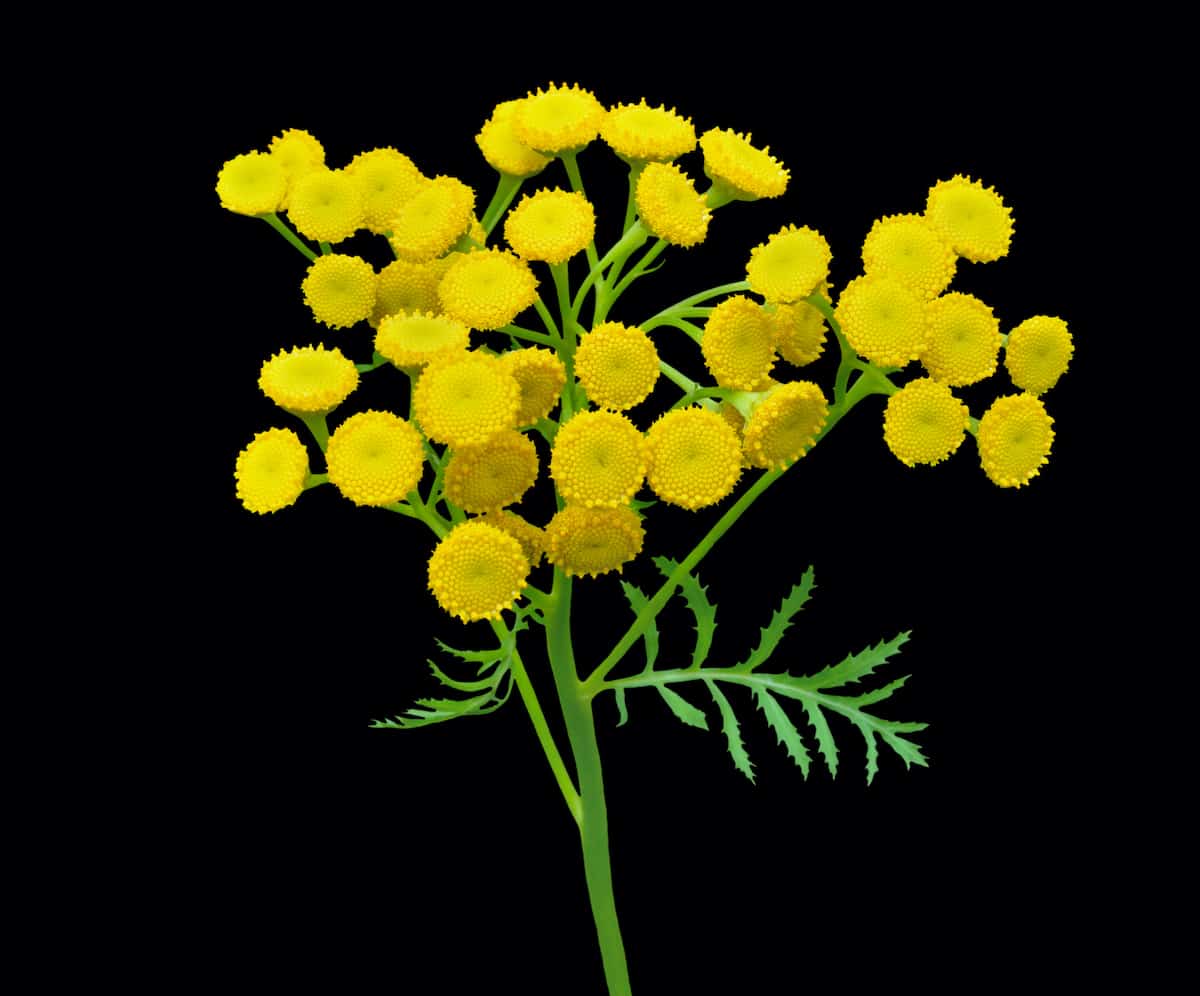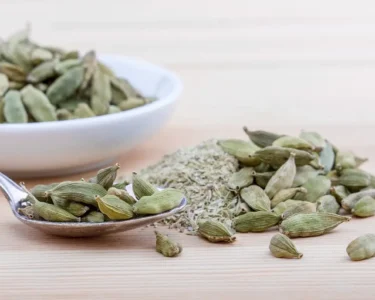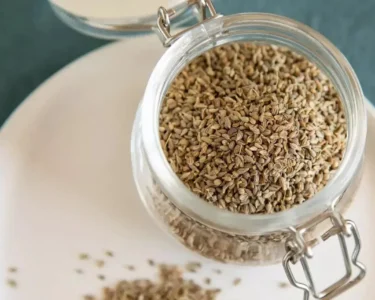Costmary is a plant that is sometimes referred to as mint Geranium. It has a taste of spearmint however it’s not geranium or mint. Costmary is a great plant for creating hedges in border and herb gardens. Its leaves can be dried or fresh to flavor tea and salads.
Where do I plant?
Plant costmary in a sunny or partially shaded area for best results. Avoid planting it in the shade because it needs sun to bloom. Costmary grows on mud-rich, well-drained soil having a pH range of 6.0 to 6.7.
When is the best time to plant?
Start growing Costmary in the spring by planting seeds. Seeds will begin to germinate within 14-21 days. Move the costmary plant to your garden in mid to late spring. You can also plant costmary seeds outdoors after the last spring frost or by dividing rhizomes.
How do you plant Costmary?
Plant depth: Plant seeds 1/4 to 1/2 inch deep. Space plants 2 to 3 feet apart. Costmary plants are used for cooking. Use Costmary in small amounts to avoid overpowering flavors.
Costly companion plant
Companion plant: It grows quickly and has roots that can spread and take over nearby plants.
Feeding and watering cost
Watering is important to keep the soil moist for the plant to grow well. The plant prefers loamy soil with rich humus near the coast. You don’t need to use fertilizer, mix aged compost into the soil before planting.
Costmary treatment
Costmary plants can look tall if trimmed sparingly. To have more leaves, don’t let it flower. When the plant blooms, prune it 3-4 inches above the soil. Divide the plants every three years.
Costs of growing containers
· It can be grown in a 12-inch pot.
· In winter, it will die and come back in spring. You can grow it indoors in pots during winter.
Costmary insects and diseases
• Pests and diseases Costmary plants are usually not affected by pests or diseases.
How do you take advantage?
• What time of year to collect: Harvest young leaves whenever required. The oils contained in the leaves are most concentrated before the flowers begin to bloom.
• Methods to Harvest: Clip leaves with scissors.
Costmary cooking
• Aroma and flavor: Costmary leaves have the flavor of spearmint.
• Leaf leaves may be dried or fresh. Include young leaves in leafy salads, fruit, or salads.
• Teas Leaves are used for flavoring teas, and
Conserving and storing
• Refrigeration: Costmary leaves will be kept in the refrigerator for up to a week. Wrap the leaves in a moist towel and place them in a bag with openings.
• Drying Leaf leaves can dry on a tray or screen in a sunny spot in a shaded area away from direct sunlight.
• Storage: Dry leaves and store them in an airtight container.
Propagation
• Seed: Costmary typically is not grown from seeds, and it is often difficult to grow. Before sowing seeds, place them in the refrigerator for several weeks so as to stratify them and strengthen their viability.
• Division: The costmary plant can split either in autumn or spring. Replant divisions at the same level the plants were growing.
• Cuttings: The costmary plant can be grown from cuttings taken off the stem when it is young. Dip the ends of cut pieces in rooting hormone before planting in a potting mix made of organic material—cuttings of roots in the fall or spring.
Learn about what it costs
· Botanist Name: Tanacetum balsamitais is a plant from the Asteraceae daisy family.
· Origin: Asia
· Plant Type: Costmary is a perennial herb.
· Growth Season: Summer
· Growth Zones: It grows best in zones 4-8.
· Durability: It dies in cold winters but grows back in spring.
· It is a tiny bushy shrub that ranges in height and width from 12 to 24 inches. It’s suitable for hedges or borders.
· Flowers: Costmary has daisy-like white flowers with yellow centers, growing in clusters on upright stems in spring and summer.
· Leaves: Costmary has bright, grayish-green oval leaves with serrated edges and silvery hairs up to 10 inches long.
Description
• Perennial
• Rhizomatous with silver-green, oblong mint-scented leaves.
• Tiny heads of tiny yellow flowers bloom in late summer. The flowers might also sport an outside row with white flowers if planted in full sunlight.
• The plant prefers full sun and deep, well-drained, dry soil.
• Very robust.
• Provides ground cover.
• Separate roots in the autumn and spring.
Culinary Uses
• Be careful because the spearmint taste could be overwhelming.
• To give a delicate flavor mildly spicy add a few young leaves, finely chopped, to salads such as fresh potatoes, vegetable soups made of pumpkin and carrots fruit cake as well as game, poultry, and cold cuts of meat.
• Include two leaves in the pot of stewing apples, quinces, pears, and pears.
• Add one teaspoon of crushed Costmary to the whipped cream and custard served with desserts.
• Make it tea, or mix it with the sage tea.
Parts Used
• Pick leaves at any time.
• Conserve the leaves by drying them.
Medicinal Uses:
• The traditional Costmary tea was brewed with honey and cloves to ease cramps and pain.
• Infuse tea leaves to help with colds, coughs stomach cramps, catarrh and coughs.
• Pour one hot cup over 1 cup of fresh leaves and six cloves. For 5 minutes, then strain and sweeten by adding honey. Drink warm.
• Wrap a poultice made of warm leaves over a strained foot and warm it by using an insulated, heated water bottle.
• Rub a fresh leaf on a horsefly bite to ease the discomfort.
• Incorporate it into an ointment for burns and irritations.
Other Uses
• Cosmetic: An infusion can make an aromatic hair rinse and lotion to moisturize your skin.
• Laundry:
• Lavender and Costmary (optional) boiled in water are excellent additions to the water used for washing laundry to give a sweet aroma.
•Insect repellent:
• Combine with southernwood, tansy, and basil to combat white flies and aphids. The minty, fresh perfume enhances other herbs’ aromas.
• Moth repellent:
• Use one handful of dry Costmary leaves in a bag for your clothes drawer.
• Potpourri.
• Costmary is used as a bookmark inside the Bible to shield the pages from fish and moths and animate the book with its refreshing minty fresh scent of camphor.
Costmary Seeds:
Costmary (Tanacetum balsamita) is commonly known by the name of Bible leaf, or Alecost is an Asteraceae perennial plant with tiny brown seeds that look like the seeds found in a variety of herb species in appearance. Costmary seeds can be purchased commercially to herb enthusiasts and gardeners seeking to grow the costmary plant in their gardens Depending on the supplier and the quantity of a package, it could cost anywhere from $2-5. This is a reasonable option for gardeners at home.
Costmary seeds require a well-drained soil with full or part sunlight to germinate and flourish, making them appropriate for novice and experienced gardeners of all levels. Costmary is easy to cultivate, making it an appealing opportunity appropriate for both new and experienced growers. It is renowned for its aromatic leaves that release a minty-balsam aroma after crushing, this species has a long tradition of medicinal uses, including antispasmodic and digestive properties in traditional herbal remedies. Costmary leaves are also used as flavoring agents in cooking. Their pleasant scent has made potpourris and sachets smell more pleasant for decorating purposes too.





